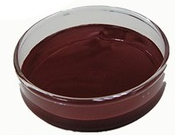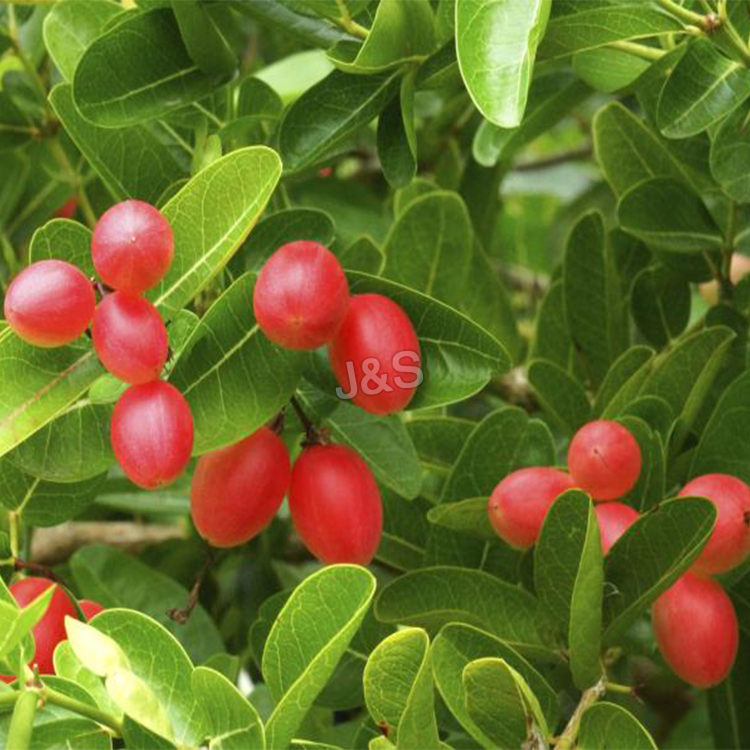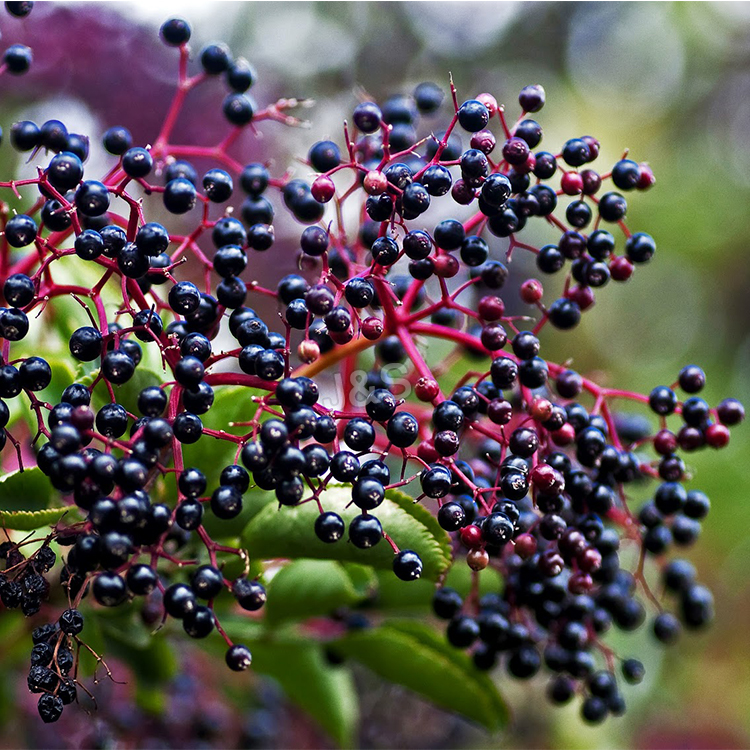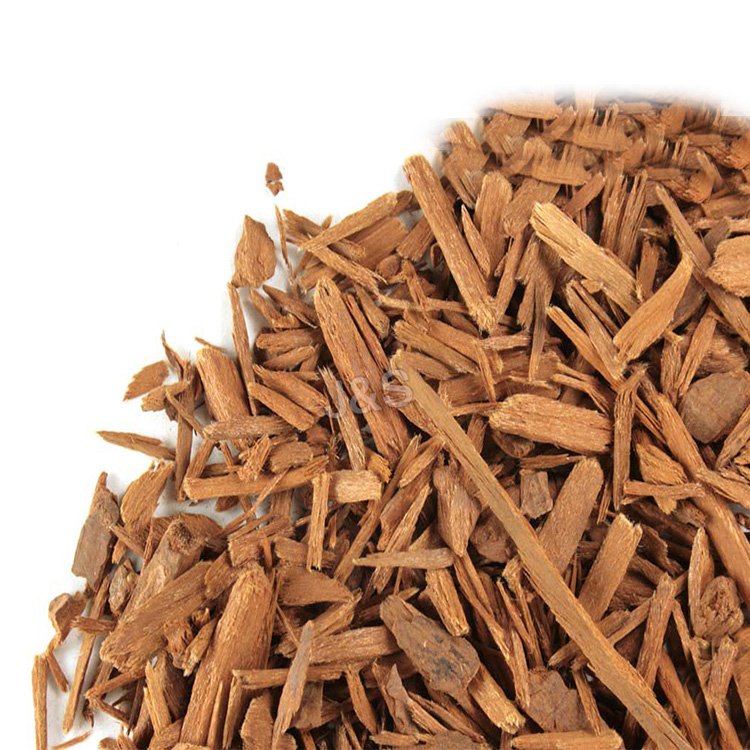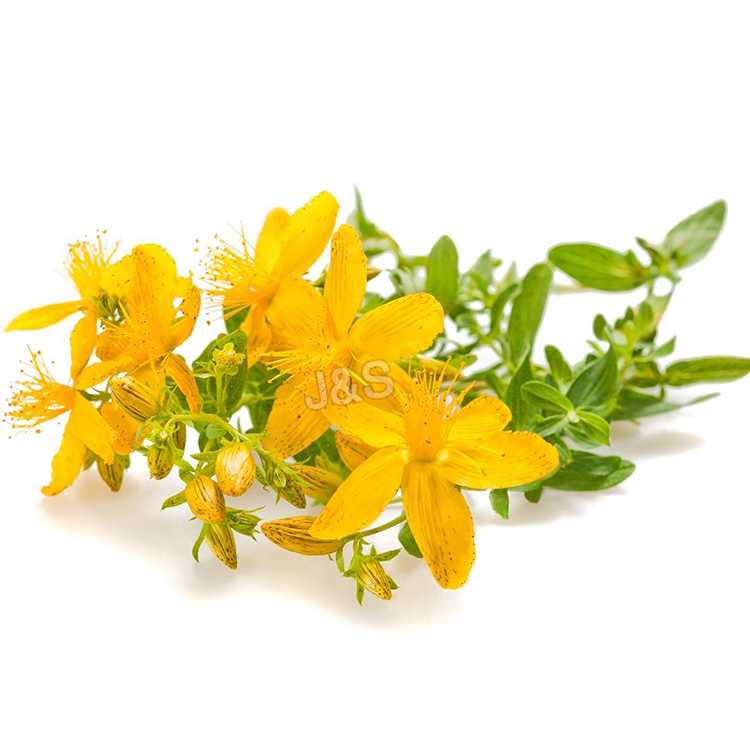Manufacturing Companies for Astaxanthin Factory in UK
Manufacturing Companies for Astaxanthin Factory in UK Detail:
[Latin Name] Haematococcus Pluvialis
[Plant Source] from China
[Specifications]1% 2% 3% 5%
[Appearance] Dark red Powder
[Particle size] 80 Mesh
[Loss on drying] ≤5.0%
[Heavy Metal] ≤10PPM
[Storage] Store in cool & dry area, keep away from the direct light and heat.
[Shelf life] 24 Months
[Package] Packed in paper-drums and two plastic-bags inside.
[Net weight] 25kgs/drum
Brief Introduction
Astaxanthin is a natural nutritional component, it can be found as a food supplement. The supplement is intended for human, animal, and aquaculture consumption.
Astaxanthin is a carotenoid. It belongs to a larger class of phytochemicals known as terpenes, which are built from five carbon precursors; isopentenyl diphosphate and dimethylallyl diphosphate . Astaxanthin is classified as a xanthophyll (originally derived from a word meaning “yellow leaves” since yellow plant leaf pigments were the first recognized of the xanthophyll family of carotenoids), but currently employed to describe carotenoid compounds that have oxygen-containing moities, hydroxyl or ketone , such as zeaxanthin and canthaxanthin. Indeed, astaxanthin is a metabolite of zeaxanthin and/or canthaxanthin, containing both hydroxyl and ketone functional groups. Like many carotenoids, astaxanthin is a colorful, lipid-soluble pigment. This colour is due to the extended chain of conjugated (alternating double and single) double bonds at the centre of the compound. This chain of conjugated double bonds is also responsible for the antioxidant function of astaxanthin (as well as other carotenoids) as it results in a region of decentralized electrons that can be donated to reduce a reactive oxidizing molecule.
Function:
1.Astaxanthin is a powerful antioxidant and may protect against oxidative damage to body tissues.
2.Astaxanthin can improve the immune response by increasing the number of antibody producing cells.
3.Astaxanthin is a potential candidate to treat neurodegenerative disease such as Alzhimer and Parkinson diease.
4.Astaxanthin dan reduce UVA-light damage to skin such as sunburn, inflammation, ageing and skin cancer.
Application
1.When applied in pharmaceutical field, astaxanthin powder has the good function of antineoplastic;
2.When applied in health food field, astaxanthin powder is used as food additives for pigment and health care;
3.When applied in cosmetic field, astaxanthin powder has the good function of antioxidant and anti-aging;
4.When applied in animal feeds field, astaxanthin powder is used as animal feed additive to impart coloration, including farm-raised salmon and egg yolks.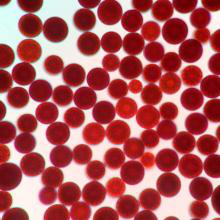
Product detail pictures:

Related Product Guide:
We know that we only thrive if we could guarantee our combined price tag competiveness and quality advantageous at the same time for Manufacturing Companies for Astaxanthin Factory in UK , The product will supply to all over the world, such as: Juventus, Iraq, luzern, Our faith is to be honest first, so we just supply high quality products to our customers. Really hope that we can be business partners. We believe that we can establish long time business relationship with each other. You can contact us freely for more information and pricelist of our products ! You will be Unique with our hair products !!
Warning: Long, science-heavy video. No funny cats or guys getting hit in the nuts.
Artificial sweeteners, or as they are usually referred to in the literature “non-caloric” sweeteners or “high-intensity” sweeteners, address the problem of sugar calorie excess in our diet. They’ve been demonstrated to support weight loss or maintenance, reduce cavities and can be part of a healthy lifestyle.
Much focus has been on
CSPI report: https://www.cspinet.org/reports/chemcuisine.htm
I disagree with CSPI on about 25% of their rankings, but I appreciate that they take a very conservative stance.
Citations:
Aspartame:
1. Comp Funct Genomics. 2010. In vivo cytogenetic studies on aspartame.
2. Drug Chem Toxicol. 2004 Aug;27(3):257-68. Genotoxicity of aspartame.
3. Am J Ind Med. 2010 Dec;53(12):1197-206. Aspartame administered in feed, beginning prenatally through life span, induces cancers of the liver and lung in male Swiss mice.
4. Toxicol In Vitro. 2011 Feb;25(1):286-93. In vitro effect of aspartame in angiogenesis induction.
Sucralose:
5. Regul Toxicol Pharmacol. 2009 Oct;55(1):1-5. An overview of the safety of sucralose.
6. Regul Toxicol Pharmacol. 2009 Oct;55(1):6-12. Expert panel report on a study of Splenda in male rats.
7. Food Chem Toxicol. 2000;38 Suppl 2:S53-69. Acute and subchronic toxicity of sucralose.
8. Food Chem Toxicol. 2000;38 Suppl 2:S71-89. A combined chronic toxicity/carcinogenicity study of sucralose in Sprague-Dawley rats.
9. Food Chem Toxicol. 2000;38 Suppl 2:S91-7. A carcinogenicity study of sucralose in the CD-1 mouse.
AceK:
10. Horm Metab Res. 1987 Jun;19(6):233-8. The effect of artificial sweetener on insulin secretion. 1. The effect of acesulfame K on insulin secretion in the rat (studies in vivo).
11. Food Chem Toxicol. 1997 Dec;35(12):1177-9. In vivo cytogenetic studies on mice exposed to acesulfame-K–a non-nutritive sweetener.
General reviews:
12. Ann Oncol. 2004 Oct;15(10):1460-5. Artificial sweeteners–do they bear a carcinogenic risk?
13. Yale J Biol Med. 2010 Jun;83(2):101-8. Gain weight by “going diet?” Artificial sweeteners and the neurobiology of sugar cravings
14. Int J Obes Relat Metab Disord. 1996 Mar;20 Suppl 2:S12-7. Effect of sucrose and sweeteners on appetite and energy intake.
15. Am J Clin Nutr. 2009 Jan;89(1):1-14. Nonnutritive sweetener consumption in humans: effects on appetite and food intake and their putative mechanisms.
16. Physiol Behav. 2010 Apr 26;100(1):55-62. High-intensity sweeteners and energy balance.
17. Physiol Behav. 2009 Dec 7;98(5):618-24. Effect of moderate intake of sweeteners on metabolic health in the rat.
18. Food Addit Contam. 2006 Apr;23(4):327-38. The intake of intense sweeteners – an update review.
Petite prestation pour un agriculteur Tarnais (plantation de stévia)
la stévia est un genre de la famille des Asteraceae. Il regroupe environ 240 espèces d’herbes aromatiques ou d’arbrisseaux dont quelques-unes contiennent des édulcorants naturels, notamment Stevia eupatoria et Stevia rebaudiana, connues sous le nom générique de stevias. Originaire d’Amérique du Sud, cette plante pousse à l’état sauvage dans des prairies ou des massifs montagneux, sous un climat semi-aride. Sa faible teneur en glucides en fait un ingrédient alimentaire substitut du saccharose. De plus, son effet négligeable sur le taux de glucose dans le sang en fait un édulcorant compatible avec les régimes pour diabétiques et les régimes hypoglycémiques.
bon visionnage et bon week-end à tous
Factory equipment is advanced in the industry and the product is fine workmanship, moreover the price is very cheap, value for money!

